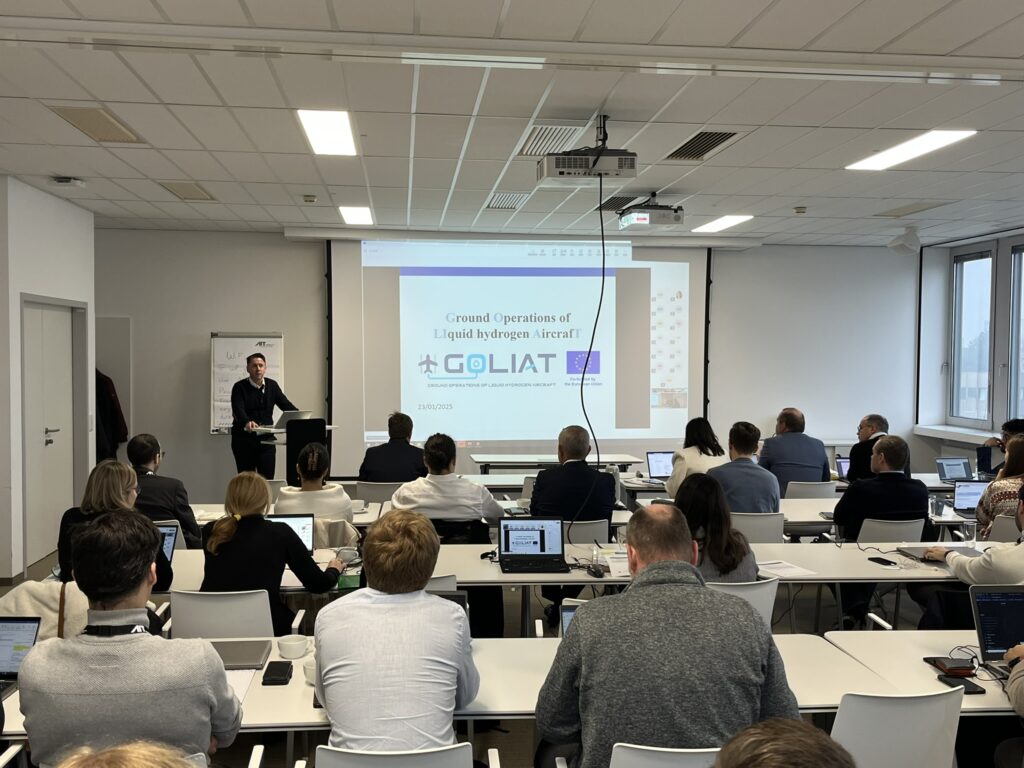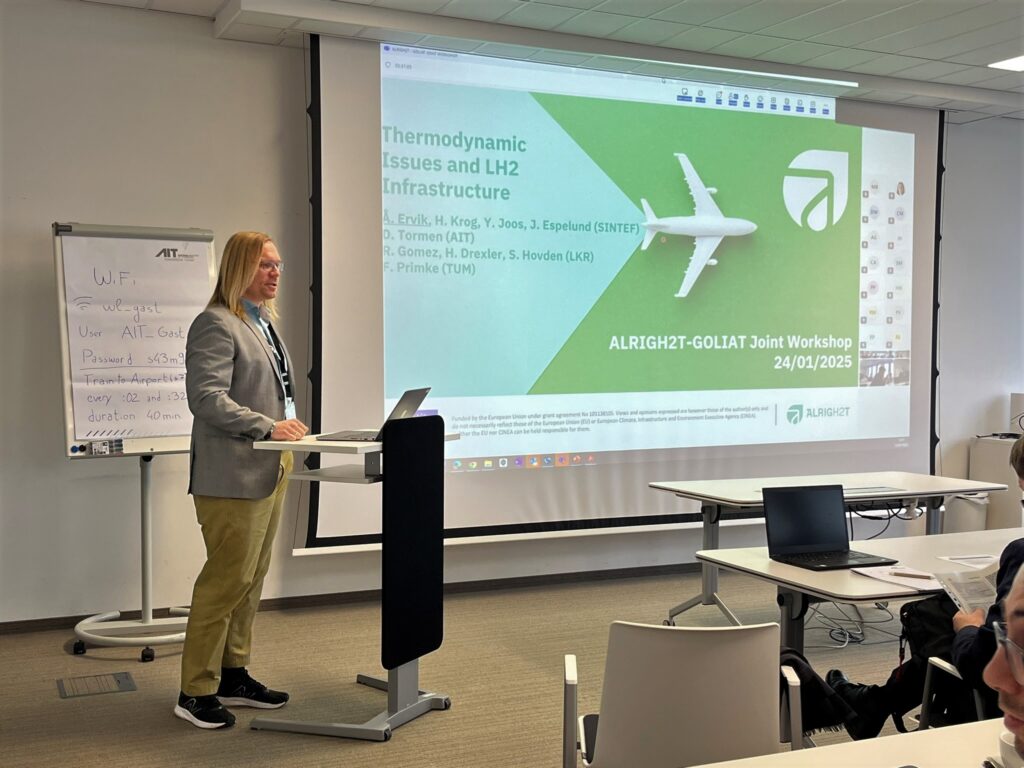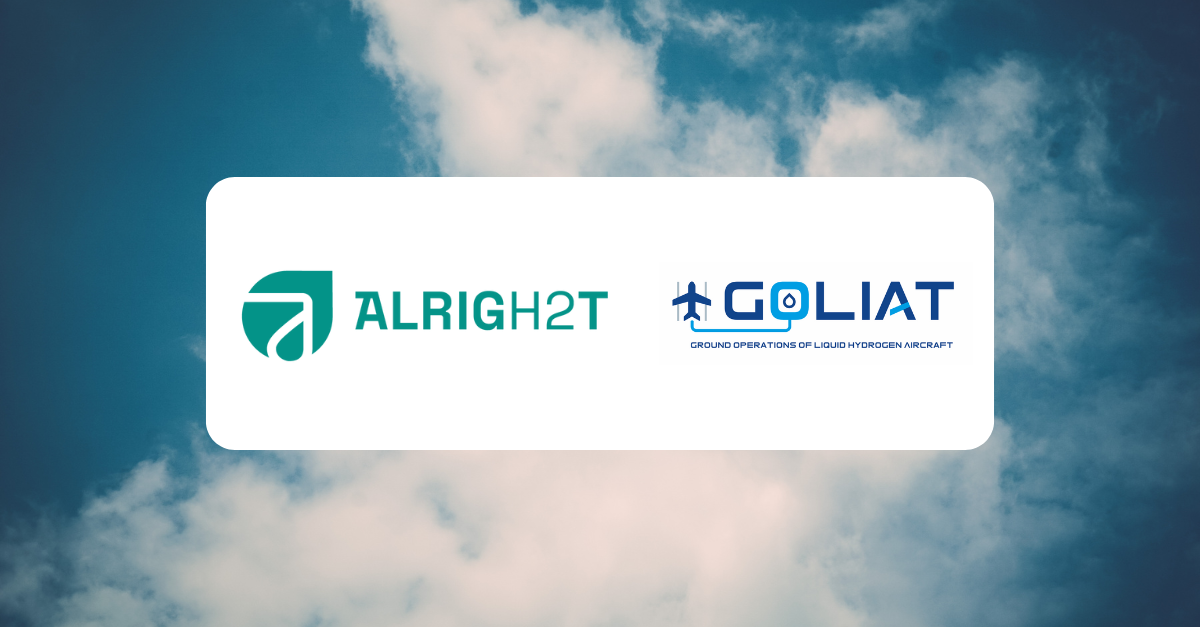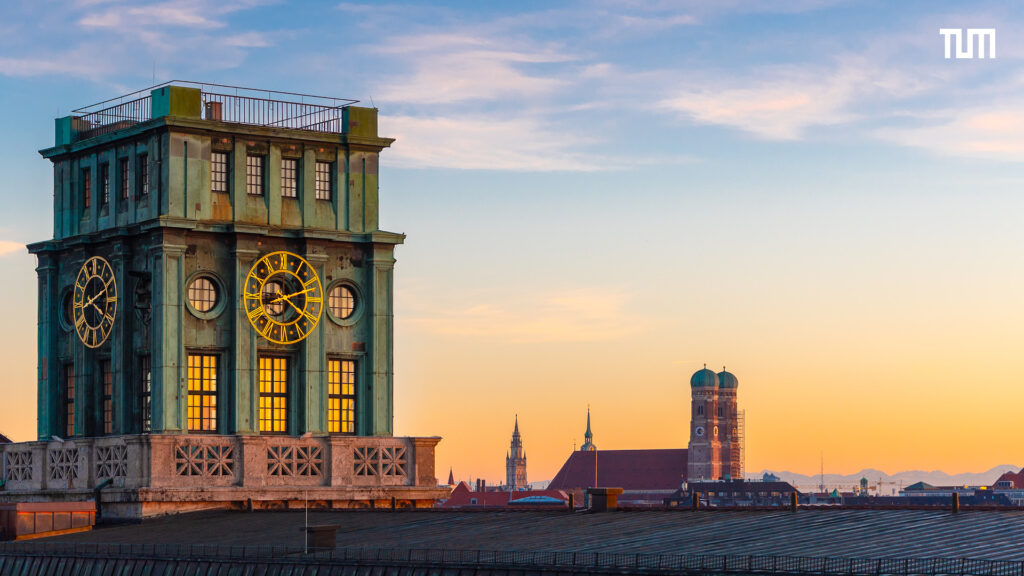- Both projects are funded by CINEA under the EU Horizon Europe framework programme and are focused on hydrogen refuelling technologies and airport operations. They will implement large-scale demonstrations.
Recognised as a crucial enabler to achieve the EU’s net-zero CO₂ goals, low-carbon
hydrogen offers a viable pathway to decarbonise short- and medium-haul flights while
advancing low-carbon aviation ground operations. However, in order to integrate hydrogen
into airport infrastructures and operations, a series of technological, regulatory and
knowledge gaps need to be addressed. The ALRIGH2T and GOLIAT projects — both funded
under the same Horizon Europe call dedicated to clean and competitive solutions for liquid
hydrogen transport and distribution and running until December 2027 and April 2028,
respectively— are driving progress in hydrogen-powered aviation by developing and testing
high-flow LH₂ refuelling equipment and infrastructure; optimising ground operations and
turnaround times; and assessing the economic feasibility of hydrogen adoption at airports.
ALRIGH2T focuses on developing and testing innovative technologies and processes for
refuelling liquid hydrogen aircraft under real airport conditions, with demonstration
activities taking place at two key airports: Milan-Malpensa and Paris-Orly. The project
fosters innovation in H₂ technology by developing cost-effective and scalable methods for
sustainable hydrogen utilization, addressing storage and transportation challenges to
ensure safe and efficient handling, and aligning H2 technologies with international
regulations to facilitate widespread adoption.
GOLIAT is developing liquid hydrogen ground refuelling technologies needed for high-flow
and high-performance A/C refuel in safe and competitive conditions. It will implement
liquid-hydrogen aircraft refuelling and ground operations demonstrations at three airports
sites: Stuttgart, Rotterdam and Lyon. The project will also address standardisation and
certification aspects with a gap analysis of certification rules and requirements for ground
operations and equipment. Finally, GOLIAT will assess hydrogen value chains for competitive
hydrogen-powered aviation.
Building a long-term global collaboration
The two projects established communication from a very early stage. Following mutual
presentations of objectives and workplans, an initial collaboration strategy was devised.
A key milestone was reached during the joint workshop held on 22–23 January 2025 at the
Austrian Institute of Technology. This event provided an opportunity to discuss critical
topics, including the feasibility analysis and authorisation procedures for proposed
demonstrations, techno-economic assessments, the identification of standardisation gaps,
and the development of common roadmaps to address shared technological challenges
related to airport infrastructure, refuel time, boil-off gas management, and LH2
thermodynamics.
Both projects are working towards defining a concrete framework for collaboration in 2025
and beyond. This includes setting clear targets, establishing effective collaboration
methods, and planning joint workshops and dissemination activities.





